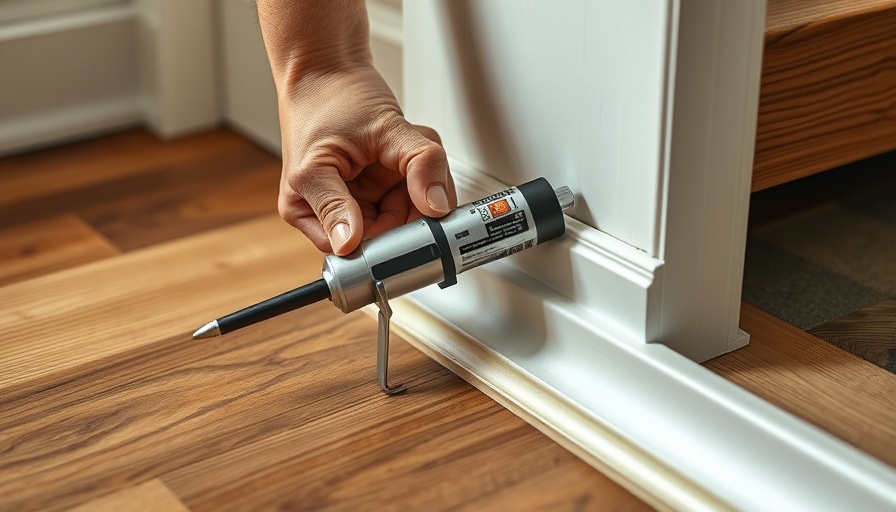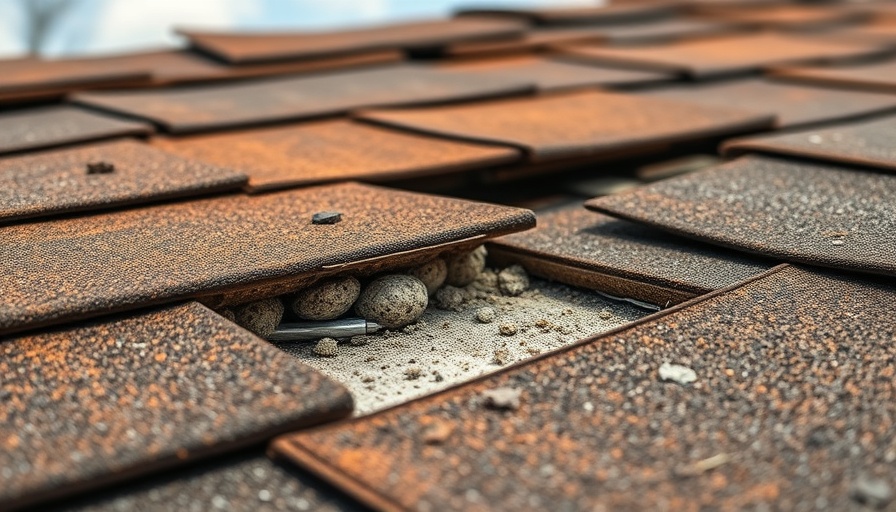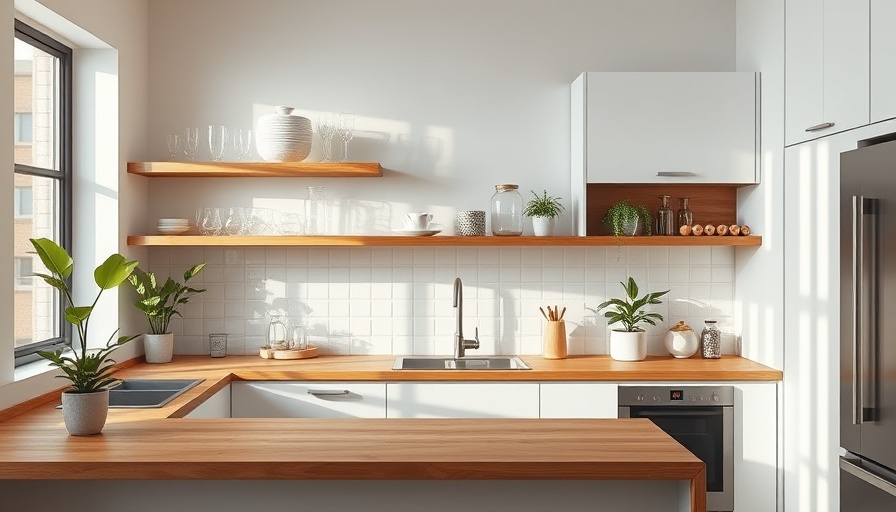
The Importance of Choosing the Right Floor Transition Strip
When embarking on a home improvement journey, floor transition strips often go unnoticed until they pose an issue. The right transition strip is crucial not just for aesthetics, but for safety. Transition strips serve as vital connectors between different flooring types, ensuring smooth movement and reducing tripping hazards. If you're contemplating a DIY project that involves new flooring, it’s essential to choose the right profile to suit the specific needs of your space.
Understanding Different Types of Transition Strips
Floor transition strips come in various forms, primarily split into three categories: thresholds, T-moldings, and reducers. Thresholds are used in situations where flooring heights match, acting as a smooth bridge across doorways. T-moldings work well when flooring of the same height meets at different angles or materials. Finally, reducer moldings are specifically designed to handle variations in height, creating smooth ramps from higher floors to lower ones, which is especially critical in avoiding falls.
Step-by-Step Guide to Installing Your Transition Strip
Equipped with the right tools and a good understanding of your specific flooring needs, you can follow these steps to successfully install a transition strip:
- Choose Your Transition Strip: Consider the style and material that coordinates with your flooring. Options include wood, metal, and plastic.
- Measure for Accuracy: Use a measuring tape to determine the length needed for the transition. Precision is vital to avoid gaps or overlaps.
- Cut Accordingly: Once measured, proceed to cut the transition strip using a jigsaw or hand saw. Ensure a clean cut for optimal installation.
- Install with Care: Depending on your chosen type, use adhesive, nails, or other methods to secure the strip in place. Pay attention to alignment to maintain a neat finish.
- Finishing Touches: Once installed, check for any irregularities. A clean, blended transition enhances the look of your entire flooring project.
Benefits of Installing Floor Transition Strips
Not only do transition strips enhance the aesthetic appeal of your floors, but they also play a pivotal role in maintenance. By creating a seamless flow between different flooring types, they can prevent dust buildup and make cleaning easier. Choosing a strip that matches your flooring color can create a cohesive unit, while incorporating practical design aids safety.
DIY Home Improvement: Embracing Your Creativity
The beauty of home renovation lies in its DIY aspect. Taking on a project like installing a floor transition strip can inspire confidence and creativity. Whether you’re enhancing your living room or updating your office space, there are plenty of DIY home improvement projects that allow you to express personal style while also boosting the home's overall value.
Challenges and Solutions in DIY Flooring Projects
DIY projects can present unforeseen challenges, like instructions that feel ambiguous or the need for unexpected tools. For instance, if your flooring displays varying heights, you might feel at a loss. However, tools like oscillating multi-tools can offer the precision you need for a clean install. Additionally, many online resources provide community support and tutorials that can guide you through tricky tasks.
Future Insights: Trends in DIY Flooring Solutions
As DIY culture continues to evolve, so do the materials and methods available. The shift towards sustainable living advocates for using eco-friendly materials in home improvement projects. With an increase in awareness towards sustainable choices, homeowners are more inclined to opt for materials that are both stylish and ethically sourced. Keeping an eye on these trends can help inform your choices, ensuring your home's design remains current.
Starting your DIY journey with flooring transition strips opens a door to enhanced decor and functionality. Each step taken adds not just value to your home, but they also enrich your experience in improving your living space. Don’t hesitate to take that leap into home improvement—your dream space awaits!
 Add Row
Add Row  Add
Add 




Write A Comment